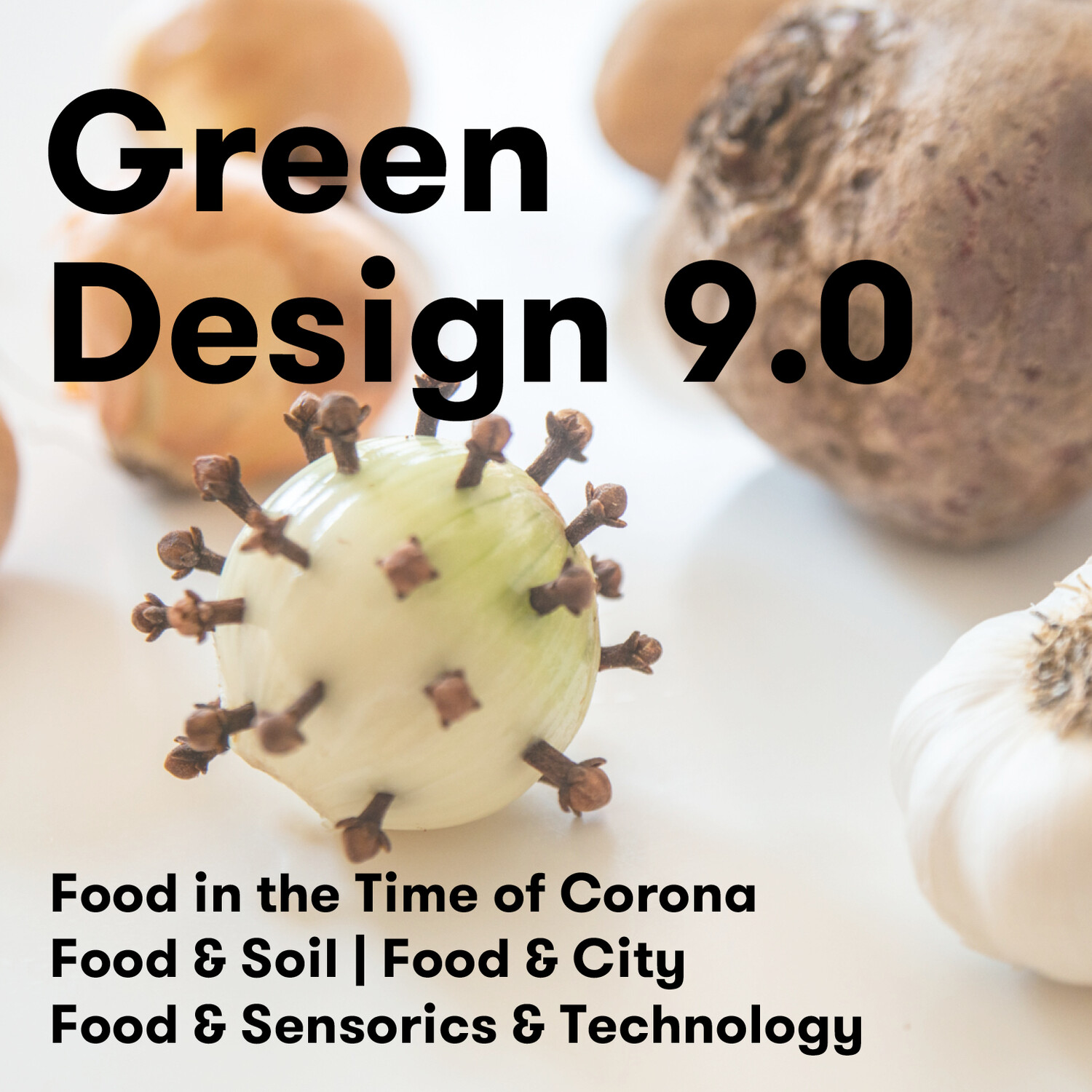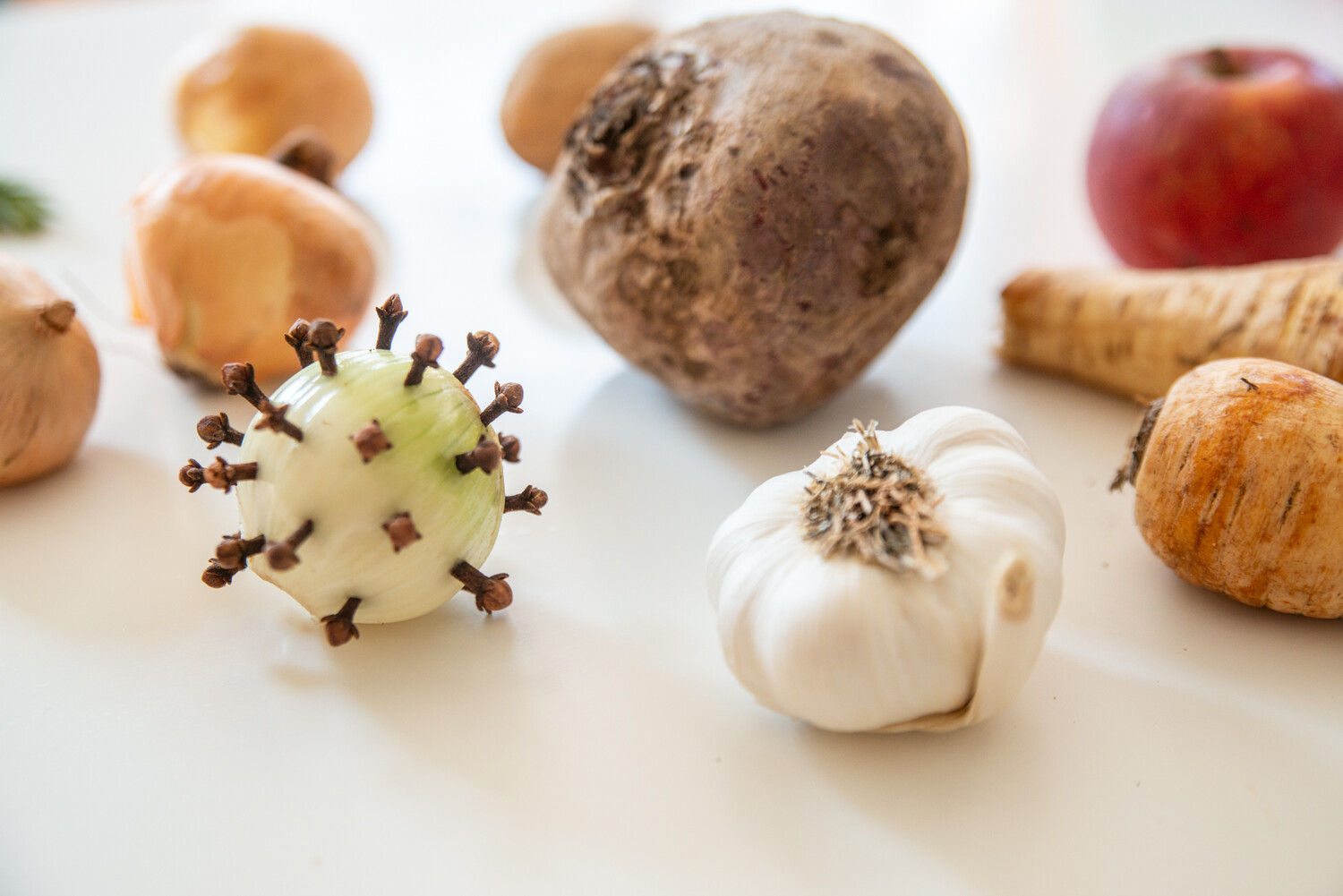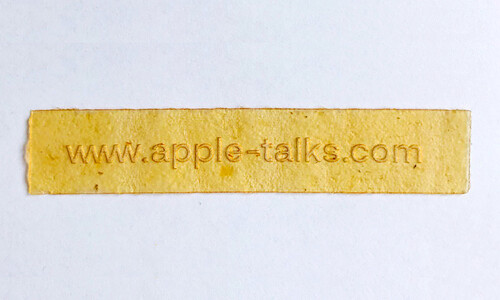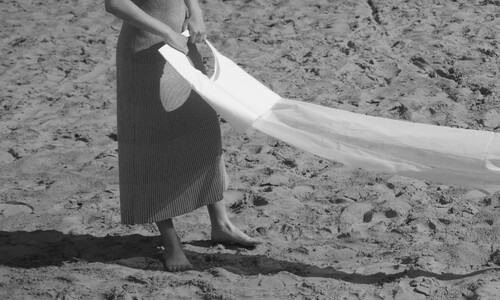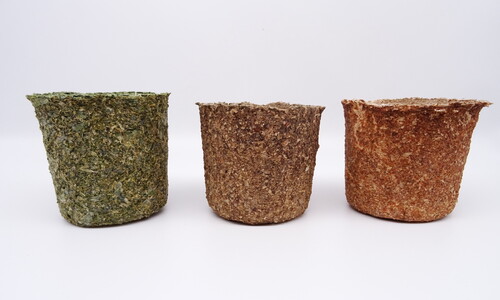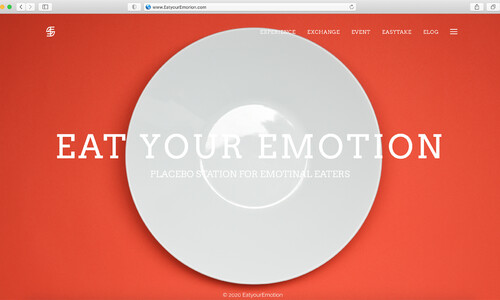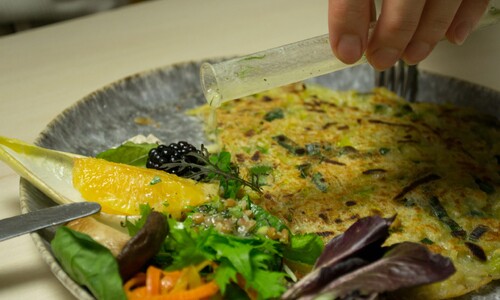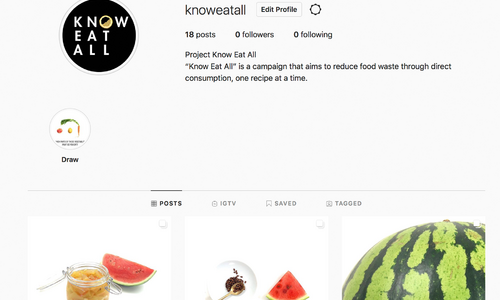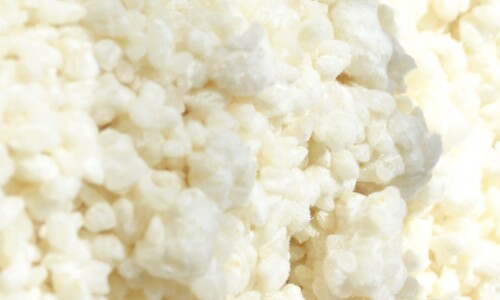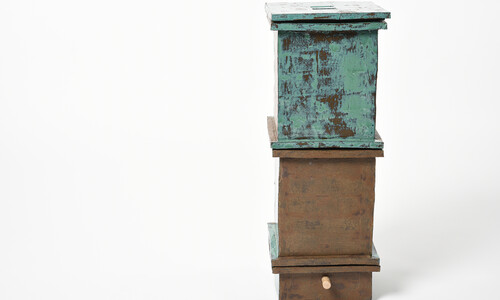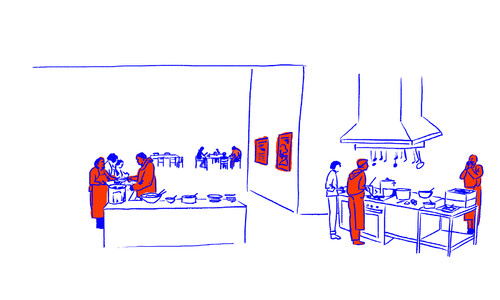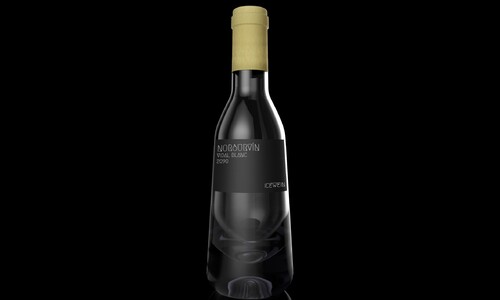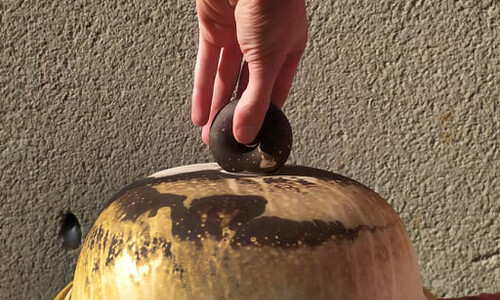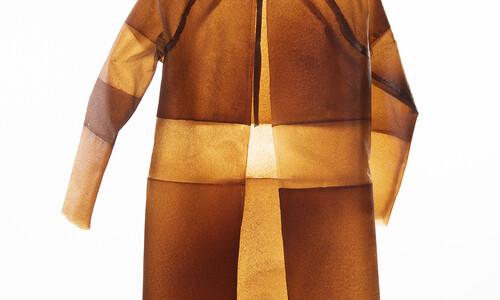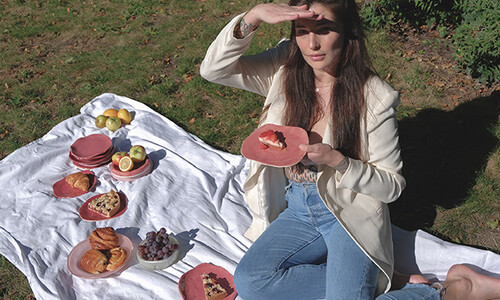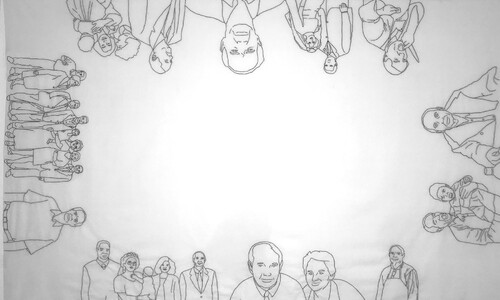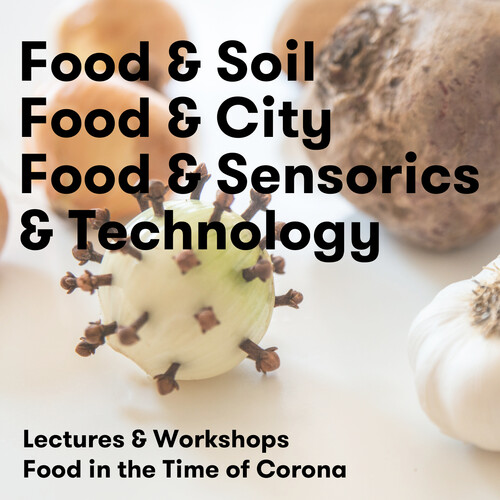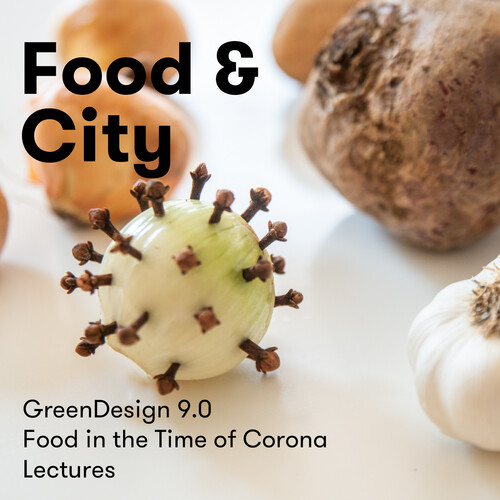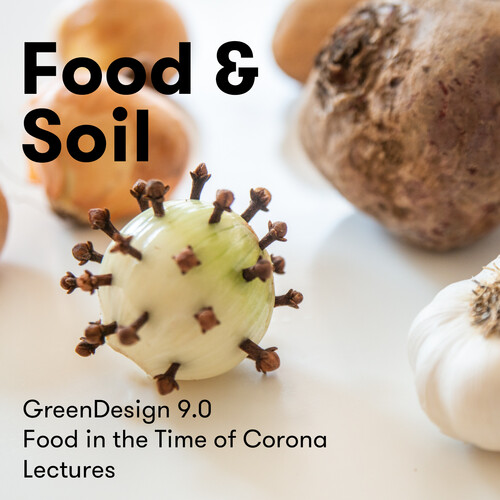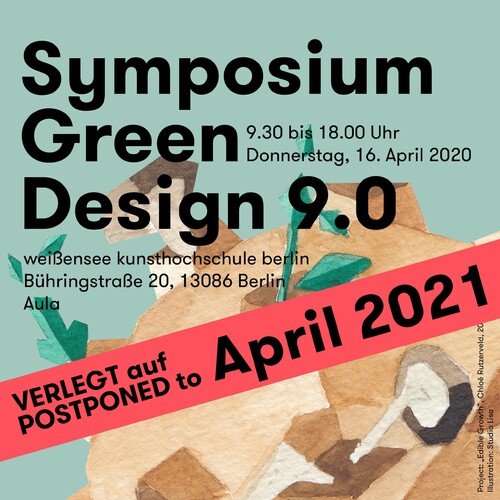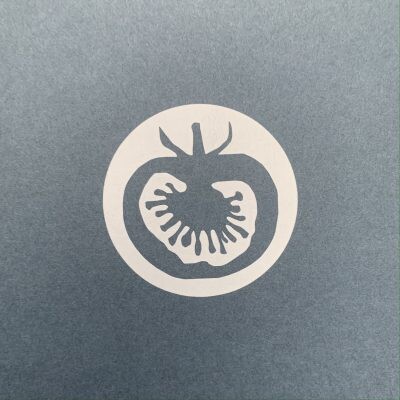
The global outbreak of COVID-19 at the end of 2019 has forced us to rethink our way of life - not least our relationship to food. By now we surely must have realised that the question of how and what we eat is so closely linked to the major challenges we face worldwide - from the loss of biodiversity, climate change and ecological problems to crises of personal and public health, not forgetting the unjust global distribution of resources and the hunger endured by over a billion of the world's poorest people. Simultaneously we are entering a period of radical technological change that may profoundly alter the way we grow, produce, distribute, and also perceive our food. These recent developments are fuelling a controversial discourse worldwide, on the needs, habits and values of humanity that are deeply embedded in our food systems. There is no doubt that food shapes both our biological bodies and our social relationships, while at the same time, the way we produce our food has a significant impact on the world around us.
During the Summer Semester of 2020, we wanted to encourage the students to take a closer look at the current state of our nutrition, using a mix of both theoretical and practical research. We followed the paths our foodstuffs take, from their cultivation to final consumption, and looked for possible ways to intervene in existing process chains. How can design make a meaningful contribution to the renewal of our food system?
The topics that could be explored included: alternative means of growing, producing, distributing and consuming food; the cultural and sensory aspects of eating; food as a form of medicine; the social aspects of sourcing and cooking food; the rhythms and rituals of eating alone or in a community and how this has altered under the conditions of the pandemic, from maintaining distance in the supermarket to enjoying food and drink with friends virtually, online. We printed with edible materials, examined their sensory qualities, and applied some of the methods of molecular gastronomy.
In the initial phase of the project, external experts contributed their different perspectives and points of view, some of which were polar opposites apart, which greatly enriched the debate on the future of our food.
Social distancing and virtual socialising have brought unusual psychological and social factors to light, and allowed new forms of sensory and emotional involvement with food to emerge. As a result, the projects dealt with, for example, the development of instruments for the procurement, cultivation, supply and consumption of food in times of self-isolation; with DIY approaches for biotechnology and functional food; with ways of avoiding food waste, and with the use of food waste as a resource. Also more speculative approaches came into play, which considered future scenarios after Covid-19 and presented possibilities of how habits, values and policies around nutrition may be likely to change following the pandemic.
The digital semester imposed on us due to corona protection measures posed a challenge for all participants. Rooms in shared flats and kitchens were transformed into laboratories, students used their balconies to conduct experiments fermenting food leftovers for the production of terra preta, and we ate together outside in the park - with the necessary distance, of course. Another major challenge for the design students this semester was that they were not allowed access to the university's workshops. It was only thanks to external workshops and the creative efforts of the guest experts Babette Wiezorek (3D-printing), Peter Kuchinke (glass production) and Malu Lücking (molecular gastronomy) that workshops could take place via live streams and video conferences, which provided inspiration for how further work could be realized in the time after Corona. The important exchange and discourse between students was more difficult to facilitate in a virtual form, but was supplemented in part by analogue teamwork, as small groups of students were permitted to meet in person, observing the necessary distance and hygiene rules.
The results that emerged visualise the different concepts in the forms of models and abstracts: from working with valuable waste materials from the food industry, to speculative and critical design approaches, to objects and scenarios that address the social and communicative aspects of eating together.
In the following pages, we are pleased to be able to present the viewpoints of two pioneers in their fields who have provided us with varied and valuable input for our work on the topic of nutrition, drawing on their perspectives, their definition of challenges and their specific approaches to solutions.
At the beginning of the project, journalist and author Tanja Busse gave us an insight into the current situation of industrialised agriculture: she shone a light on the recent history of dramatic undesirable developments in agricultural practices, and highlighted the importance of biodiversity. She made it clear that the existing agricultural food system has to change its ways - and begin a major agro-ecological transformation.Chloé Rutzerveld, future food designer from the Netherlands, pleaded for an equally radical change to address the current and global problems facing our food system. She inspired us to consider how we might rethink nutrition in different technology-driven directions.
Both positions call on designers to use their methods and tools to make an important contribution to push forward the necessary transformation of the existing food systems, and to introduce consumers to a more conscious approach to food consumption, or new forms of nutrition entirely.
Funding by Berliner Programm zur Förderung der Chancengleichheit für Frauen in Forschung und Lehre (BCP)
